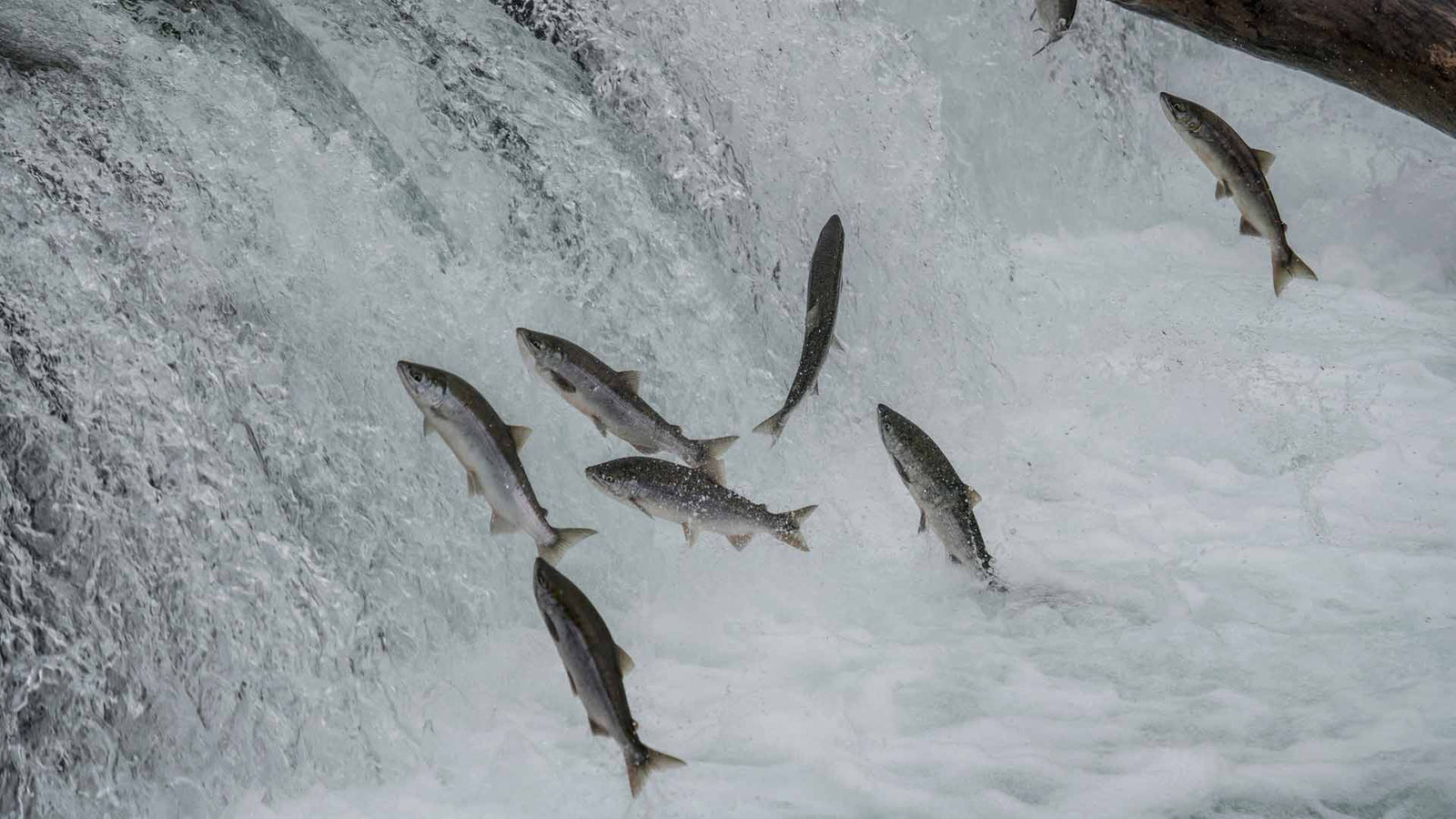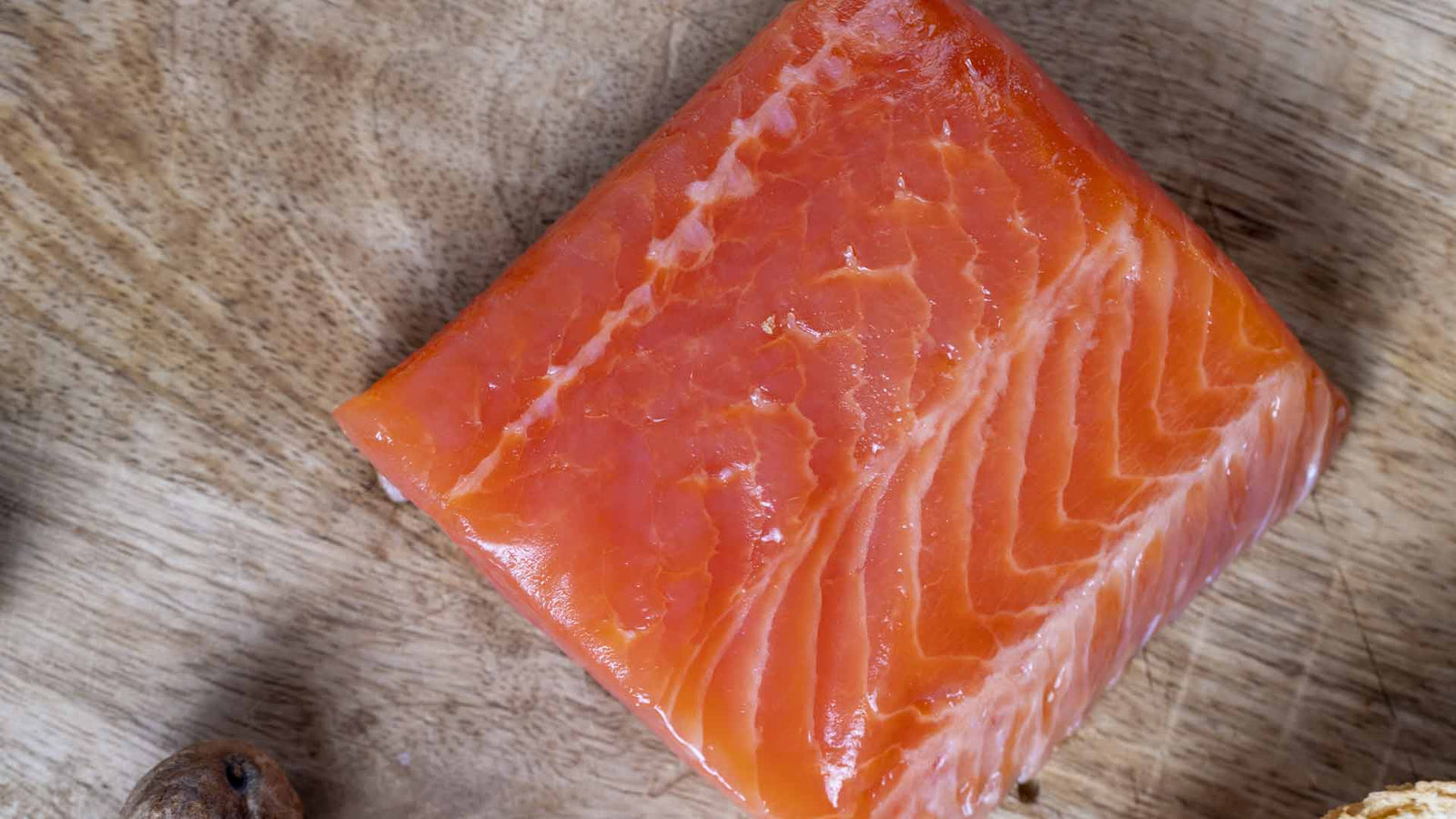
Demystifying the Process of How Quality Fish Ends Up on Your Plate
There's no denying the fact that the best way to eatwild salmon isfresh off the boat,reclining comfortably by a fireplace with a view of the frigid, windswept shoreline. If you don't reside in the salmon fishing region, though, this wild salmon situation is only a fantasy that you'll have to accomplish one day by visiting Alaska. Meanwhile, here are some reasons why frozen salmon is superior to fresh salmon.
Frozen Isn't a Negative Word
When you're looking for a filet of wild salmon at the fish counter, you can bet that the fish sitting on a bed of ice labeled "fresh" is a thawed, frozen fish. That, believe it or not, is a good thing. However, if a fishmonger insists on showing you a piece of fresh salmon that has never been frozen, be suspicious. Unless that "fresh"salmon filet was airlifted overnight from the fisherman as a unique offering (in which case, it's likely to cost you a lot more than you're used to paying for salmon), it should have been frozen shortly after being harvested from its waters to preserve it at the peak of its freshness.
This approach, by the way, is not restricted to salmon. For example, excellent grade shrimp is best when frozen soon after being collected, unless sold off the Gulf coast the same day it is caught.
So ask your fishmonger for salmon that has only been frozen once and thawed to be sold to a client that day. Wild salmon that has been lying out or frozen and then thawed, refrozen, and re-thawed (again and again and again...) will be of lower quality than fresh fish that has been swiftly frozen and then thawed just before being spread out.
The Advantages of Frozen Salmon
While having fresh fish flown in from Alaska and delivered to your dinner table may sound like it is the next best thing to eating it in wild Alaska, this is not the case. When a wild salmon is plucked from the water and bled, the time starts ticking. At that moment, each minute that passes leads to a decreasing return on catch quality. The only way to essentially lock all of the fresh goodness that wild salmon has to offer is to freeze it quickly after it's caught.
Click here if you're ready to acquire some of the greatest wild-caught,responsibly harvested salmon on the globe.

What Can You Do With Frozen Fish?
Remove the fish from the vacuum-sealed package. Removing the fish from its packaging allows excess moisture to drain, resulting in the highest quality, taste, and texture. After removing the package, lay the fish on a rimmed plate or shallow dish in the refrigerator for 10-12 hours (or until thawed) before cooking.
In a pinch, take the fish from itsvacuum-sealed packing and place it in a leak-proof zip-top bag. Put the bag in a basin of cold water on the counter, if necessary, holding it down with an item. The fish should defrost in 30-45 minutes (depending on thickness) and be ready to cook. Please keep in mind that it is critical to cook immediately after the piece has thawed and not to allow it to get to room temperature while resting on the counter. This method of fast thawing is not suggested for salmon or other cold-smoked goods.
Then, throw the fish in a skillet or on the grill,bake and create yourself a clean, excellent, protein-rich supper, knowing that this is as fresh as it gets... at least until that trip to Alaska happens.
Buy your share of our wild caught salmon now,Coho orSockeye, the choice depends on your mood today.

